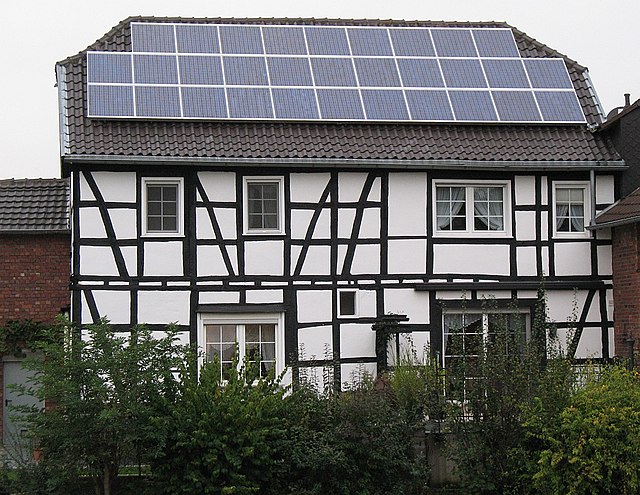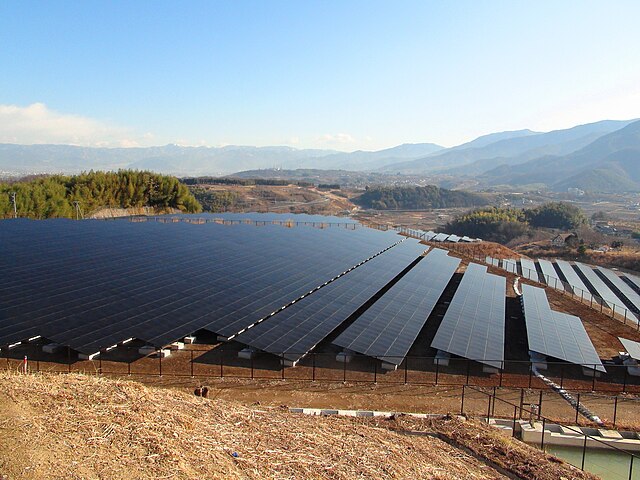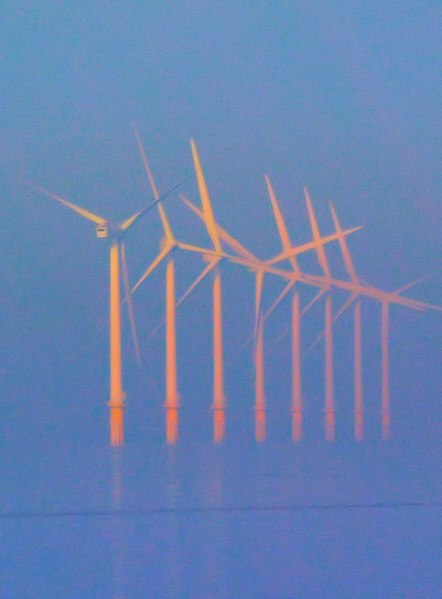Home energy upgrades from public utilities
Home energy upgrades from public utilities are added home energy efficiency and renewable energy features planned or installed by public utilities. Help from a public utility can make it easier for a homeowner to select, install or operate climate-friendly components. The utility might assist with coordinated use of utility-supplied energy, building features, financing, operating options and neighborhood supplied energy.
Home solar panels: a renewable energy upgrade
Alaska Electric Light & Power building on Franklin Street in downtown Juneau, Alaska in 2009
Renewable energy is energy from renewable natural resources that are replenished on a human timescale. Using renewable energy technologies helps with climate change mitigation, energy security, and also has some economic benefits. Commonly used renewable energy types include solar energy, wind power, hydropower, bioenergy and geothermal power. Renewable energy installations can be large or small. They are suited for urban as well as rural areas. Renewable energy is often deployed together with further electrification. This has several benefits: electricity can move heat and vehicles efficiently, and is clean at the point of consumption. Variable renewable energy sources are those that have a fluctuating nature, such as wind power and solar power. In contrast, controllable renewable energy sources include dammed hydroelectricity, bioenergy, or geothermal power.
A small, roof-top mounted PV system in Bonn, Germany
Komekurayama photovoltaic power station in Kofu, Japan
Burbo, NW-England
Sunrise at the Fenton Wind Farm in Minnesota, United States






